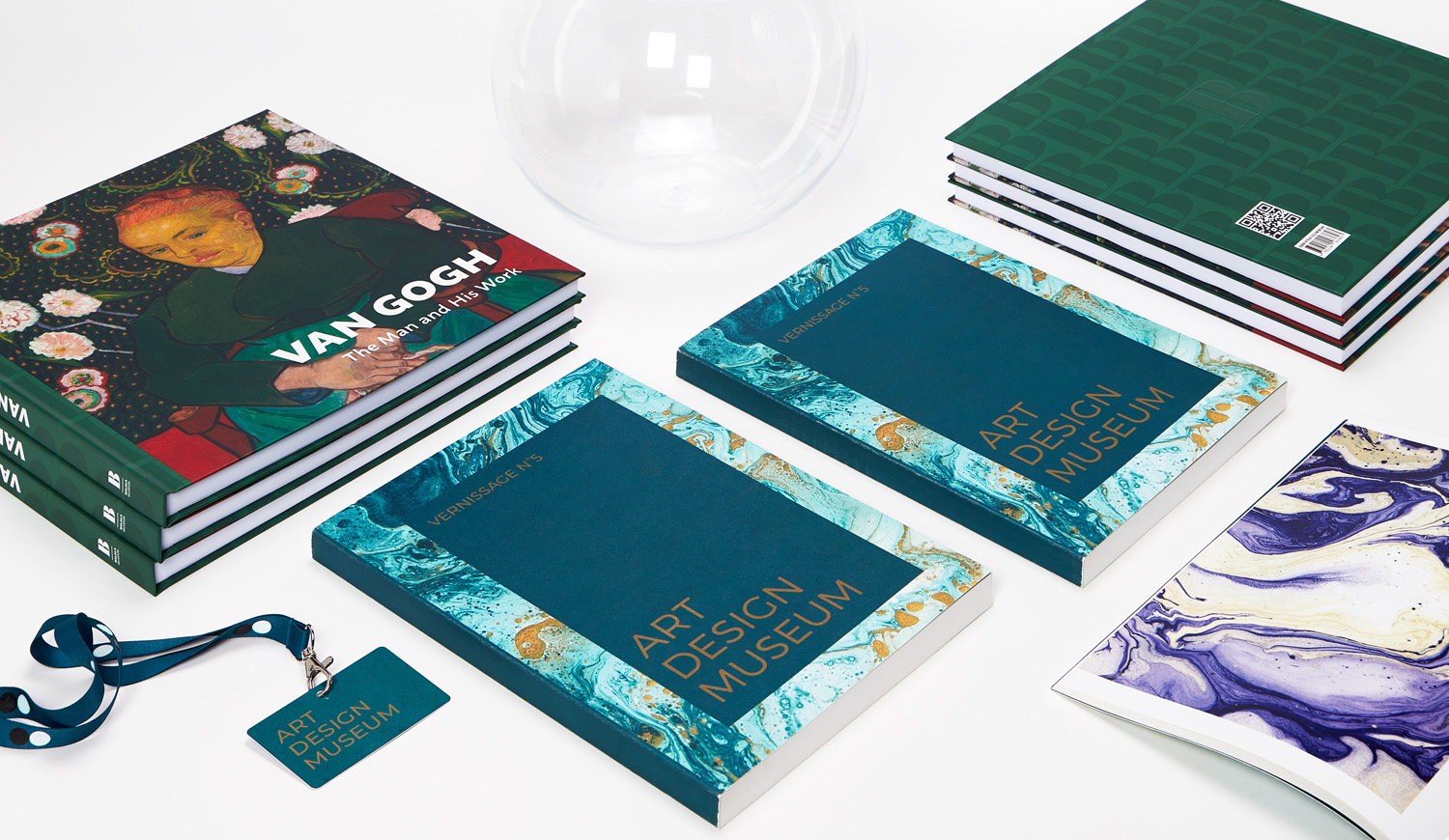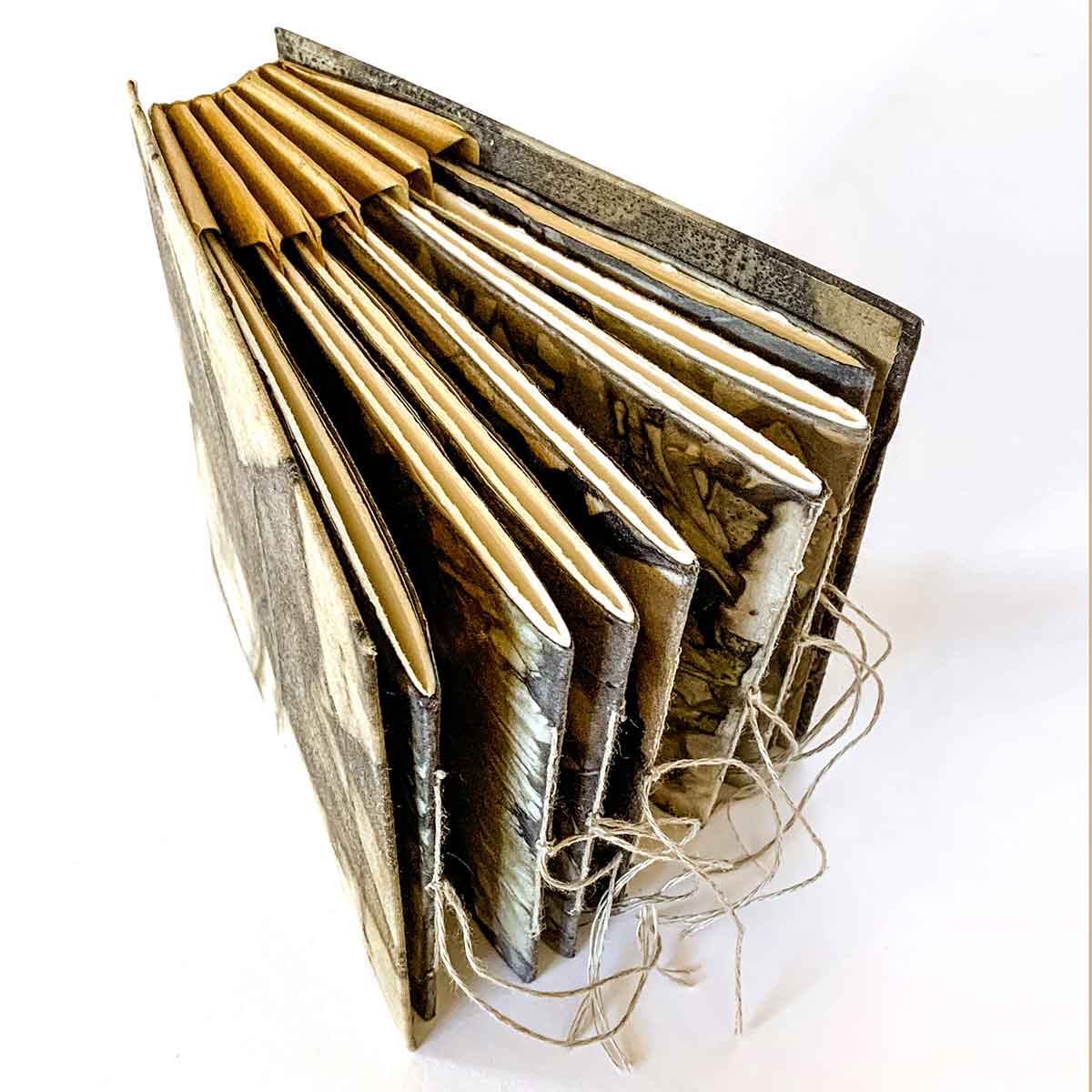How to Prepare Professional Files for an art book Project
How to Prepare Professional Files for an art book Project
Blog Article
Understanding the Refine Behind High-grade Art Book Printing for Art Enthusiasts
When it involves top quality art book printing, understanding the details of the procedure can raise your admiration for the end product. You could not realize just how vital paper choice and ink selections are to the vibrancy of artwork. Each component plays a considerable duty in accomplishing the desired result. As you explore the numerous parts of art book printing, you'll discover insights that could transform your perspective on art preservation and presentation.
The Significance of Paper Option in Art Book Printing
When it pertains to art book printing, the option of paper can make or damage the last product. You want your art work to beam, and the appropriate paper boosts color vibrancy and information. Take into consideration variables like weight, structure, and finish; these aspects significantly impact how readers perceive your job.
For example, a heavier supply conveys quality and durability, while a distinctive finish can add deepness to pictures. Smooth paper is superb for detailed recreations, permitting great lines and refined tones to appear crisp.
Don't forget regarding the paper's brightness; a brighter sheet can aid shades pop, making your art a lot more attractive. You'll likewise wish to consider how the paper engages with inks and whether it can take care of the printing process without buckling or bleed-through. Ultimately, selecting the right paper sets the phase for your art, guaranteeing it records the target market's focus equally as you pictured.
Picking the Right Inks for Vivid Reproductions
Picking the ideal inks is equally as crucial as picking quality paper to accomplish vibrant reproductions in your art book. When you're publishing art work, you desire shades that pop and precisely represent the original item. Select inks with a high pigment focus; these tend to produce richer and more saturated shades.
You could take into consideration making use of archival inks, which withstand fading gradually, ensuring your art book continues to be as striking as the day it was published. If you're collaborating with pictures or digitally produced art, pigment-based inks can supply a larger color gamut, boosting information and deepness.
Do not ignore the coating! Matte and glossy inks can significantly alter the look of your artwork, so consider the look you're aiming to accomplish - art book. Inevitably, the right ink option complements your paper option, producing a stunning aesthetic experience for your viewers
The Role of Color Monitoring in Publish Quality
Shade monitoring plays an essential duty in achieving high print top quality for your art book. It ensures that the colors you see on your screen translate properly to the printed page. Without effective color management, your vibrant art work may show up boring or altered, undermining your imaginative vision.
Next, use shade profiles customized for your printer and paper type. These accounts direct the printer in reproducing shades properly, reducing inconsistencies in between electronic and published variations.
When you prepare your data, think about utilizing a shade space like Adobe RGB or CMYK, depending on your printer's requirements. Constantly evidence your work, as well; an examination print can expose any kind of potential shade concerns before the last run. By focusing on color administration, you protect the stability of your art, guaranteeing your target market experiences it as you meant.

Recognizing Various Binding Techniques
Achieving the ideal try to find your art book surpasses shade administration; binding strategies likewise play a substantial function in its overall presentation and longevity. You have a number of alternatives to assess, each with its very own distinct features.
If you're aiming for a professional feeling, instance binding supplies a strong choice with a difficult cover, best for showcasing your artwork. On the other hand, excellent binding gives an adaptable back while keeping prices down, making it a popular option for softcover books.
Spiral binding permits your art book to lay flat, which is wonderful for showing pictures without obstruction. At the same time, saddle sewing is ideal for smaller booklets, offering a clean finish without the bulk.
Eventually, the binding strategy you select must reflect your creative vision and exactly how you want readers to involve with your work. Ensure to consider these choices carefully to accomplish the best result for your project.
The Effect of Publish Dimension and Format on Presentation
While the choice of print size and layout may appear second to web content, they greatly influence exactly how your art work is viewed. The dimensions of your prints can either boost or reduce the impact of your items. Bigger prints can attract audiences in, allowing them to appreciate complex information, while smaller styles might require even more intimate involvement.

Conservation Techniques for Resilient Art Books
To ensure your art books stand the examination of time, it's crucial to apply efficient preservation methods. Use acid-free storage boxes or protective sleeves to shield them from dust and physical damages.
When handling your publications, constantly wash your hands or put on cotton handwear covers to stay clear of oils and dirt transferring onto the pages. Prevent bending or wrinkling the backs; instead, utilize book supports when displaying them.
For added security, think about buying archival-quality materials for any repairs or enhancements. Consistently check your collection for signs of our website wear or damage, addressing concerns without delay. By adhering to these simple techniques, you can guarantee your art publications stay vibrant and accessible for several years to find, preserving their elegance and worth for future generations.
Teaming up With Printers for Ideal Outcomes
When you prepare to publish your art book, picking the best printer is necessary to accomplishing your vision. Clear interaction concerning your assumptions and demands will certainly assist assure that both you and the printer get on the same web page. Allow's discover how to make this cooperation as smooth and reliable as possible.
Choosing the Right Printer

Efficient Interaction Techniques
Effective communication is vital for transforming your art book vision right into fact, specifically when teaming up with printers. art book. Beginning by clearly outlining your project's objectives, consisting of style aspects, recommended products, and any particular printing techniques. Do not be reluctant to share your inspirations and recommendations; this aids the printer comprehend your aesthetic
Be open to feedback, as printers often have useful insights that can improve your task. This collaboration will certainly guarantee that your art book satisfies your expectations and beams in its final form.
Regularly Asked Questions
What Prevail Errors to Stay Clear Of in Art Book Printing?
When printing your art book, stay clear of typical mistakes like poor resolution images, inaccurate color profiles, and overlooking web page design. Do not neglect to proofread and double-check details to confirm your end product satisfies your expectations.
How Does Digital Printing Differ From Traditional Printing Techniques?
Digital printing utilizes digital documents to produce prints directly, enabling quicker turn-around and modification. On the other hand, typical methods involve physical plates, which can be taxing and much less adaptable for tiny runs or special layouts.
What Is the Normal Turn-around Time for Art Book Printing?
The normal turnaround time for art book printing differs, however you can expect it to take anywhere from a few weeks to several like it months. Variables like complexity, amount, and printing approach all affect this timeline.
Can I Print a Restricted Edition Art Book Economically?
You can publish a restricted version art book economically by selecting cost-effective products, maximizing print runs, and using digital printing alternatives. Careful preparation and budgeting will certainly help you attain quality without spending beyond your means.
What Are the Ecological Considerations in Art Book Printing?
When considering art book printing, you must believe regarding environmentally friendly materials, sustainable inks, and energy-efficient processes (art book). Picking regional printers can also decrease your carbon impact, making your job both beautiful and environmentally liable
Report this page